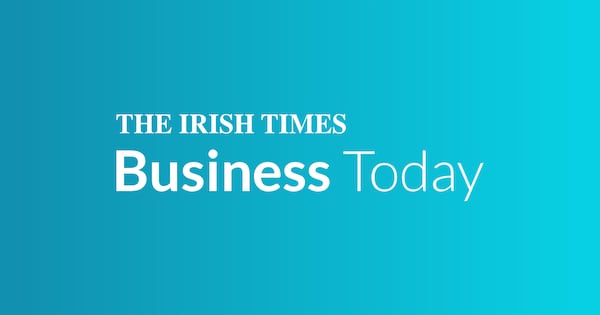US inflation held steady at 2.7 per cent in July, confounding economists’ expectations of an acceleration driven by the tariffs Donald Trump has slapped on US trading partners.
Tuesday’s annual consumer price index figure was in line with June’s reading and below expectations of 2.8 per cent among analysts surveyed by Bloomberg.
The figure was dragged lower by weaker fuel prices, with the index for gasoline down 9.5 per cent over the past 12 months.
Core inflation, which strips out volatile food and energy prices, rose to 3.1 per cent, surpassing expectations of a smaller rise to 3 per cent from June’s 2.9 per cent.
READ MORE
The US dollar and Treasury yields slipped as investors bet on a faster pace of rate cuts by the Federal Reserve following the data release.
Futures markets were pricing in a roughly 95 per cent chance of a quarter-point cut at next month’s Fed meeting, compared with about 85 per cent before the inflation data.
The two-year Treasury yield, which reflects interest rate expectations, fell 0.08 percentage points to 3.72 per cent.
“The relief in the market is because traders were scared the number would be much higher,” said Stan Shipley, fixed-income strategist at Evercore ISI.
Robert Tipp, head of global bonds at PGIM Fixed Income, added that the weaker than expected number “allows the Fed to cut in September”.
Trump has sought to use tariffs to reshape the US’s trading relationship with the world, prompting warnings of a jump in domestic prices.
The impact of the duties has so far been slow to trickle through to consumers, with businesses in some cases absorbing the cost increases. But there are increasing signs the burden will be shifted in the months ahead.
A small business optimism index released last month by the National Federation of Independent Business showed 32 per cent of companies plan to increase prices, the highest reading since March last year.
Diane Swonk, chief economist and managing director at KPMG, said rises in US inflation in recent months, especially in import-reliant categories like tools, appliances and furnishings, showed that “the tariffs have begun to bite”.
“We expect more price increases” as companies begin to raise prices, she said. “This is only the beginning.”
The data from the Bureau of Labor Statistics comes after Trump sacked the head of the agency earlier this month, following a July jobs report that showed a sharp slowdown in hiring over the summer.
On Monday, the president announced he had chosen EJ Antoni, a loyalist from the rightwing Heritage Foundation, to lead the BLS. The US Senate will need to confirm him.
The latest inflation reading also comes in the midst of a campaign by the president to pressure Fed chair Jay Powell into reducing interest rates, currently at 4.25 per cent to 4.5 per cent, by as much as 3 percentage points.
Most members of the Fed’s rate-setting committee have indicated a preference to hold off on any reduction in borrowing costs until the inflationary impact of tariffs becomes clear, but some have argued the impact of the levies on prices will be limited.
James Bullard, the former president of the St Louis Federal Reserve who is in the running to succeed Powell as chair, told CNBC on Tuesday that the July inflation data showed that the impact of tariffs was limited to “very muted effects that were one-time increases in the price level”.
“You’re not really seeing anything,” he said, adding that he believed most of the rate-setting Federal Open Market Committee was coming around to the view that Trump’s trade war “is not interrupting the longer-term trend towards 2 per cent inflation”. - Cop–right The Financial Times Limited 2025














